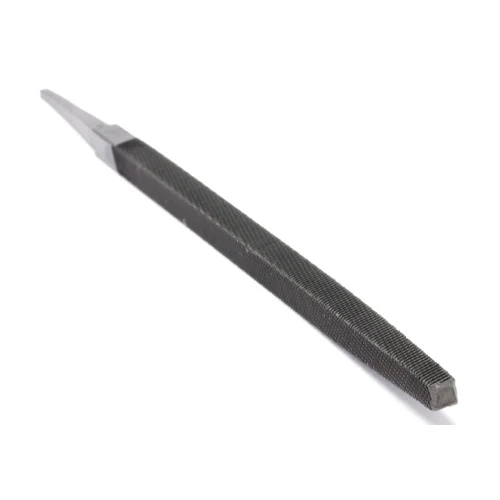treats cats can eat
Treats Cats Can Eat A Guide to Feline Snacking
Cats, known for their discerning palates and sometimes peculiar eating behaviors, can be both a joy and a challenge to feed. While commercial cat food is designed to meet their nutritional requirements, pet owners often wish to treat their feline friends with something special. It’s essential to choose treats that are not only delicious but also safe and healthy for cats. This article will guide you through amazing treat options that your cat can enjoy without compromising their health.
The Basics of Feline Nutrition
Before diving into treats, it’s important to understand cat nutrition. Cats are obligate carnivores, meaning their diet should primarily consist of meat. Their bodies are adapted to derive nutrients from protein and fat while requiring very few carbohydrates. Therefore, any treat you offer should align with their dietary needs, ensuring it complements their overall health.
Safe Treats for Cats
1. Cooked Meat Simple, unseasoned cooked chicken, turkey, or beef can be delightful treats for your cat. Boiling or baking the meat without any added spices or oils preserves its protein components, making it a perfect snack. Avoid giving them bones, especially cooked ones, as these can splinter and pose a choking hazard.
2. Fish Cats are often enamored with fish. Cooked salmon or tuna can be a special treat. However, it’s essential to offer these in moderation due to the high levels of mercury present in fish. Always serve it plain without any added sauces, seasoning, or spices.
3. Vegetables Surprisingly, many cats enjoy certain vegetables. Cooked carrots, peas, and pumpkin are safe options that can be offered in moderation. These treats can provide additional fiber which can aid digestion, although cats do not require vegetables in their diet.
4. Fruits Some cats may enjoy fruit treats. Small pieces of seedless watermelon or cantaloupe can be refreshing, especially in warmer weather. Be cautious though; not all fruits are safe for cats. Always avoid grapes and raisins as they can be toxic.
treats cats can eat

5. Eggs Scrambled or boiled eggs can be excellent protein-rich treats. Ensure they are fully cooked to avoid any risk of Salmonella. Eggs should be offered infrequently, as too many can lead to an unbalanced diet due to their high fat content.
6. Commercial Cat Treats The market is flooded with various commercial treats that claim to be healthy for cats. Look for treats that list meat as the first ingredient and avoid those with high amounts of fillers like corn or soy. Always read the labels to ensure the treat aligns with your cat’s dietary needs and preferences.
7. Catnip While not exactly a treat in the culinary sense, catnip can be an enjoyable experience for many felines. It can stimulate playful behavior, allowing for interactive playtime, which is crucial for their mental and physical health.
What to Avoid
While experimenting with treats, keep in mind several foods that are harmful to cats. Chocolate, caffeine, onions, garlic, and alcohol are toxic to cats and should always be avoided. Moreover, dairy is often not well-tolerated by many adult cats, even if they enjoy it; it can lead to digestive upset.
Moderation is Key
Although treats can be a delightful addition to your cat’s diet, moderation is crucial. Treats should make up no more than 10% of your cat’s daily caloric intake to ensure they remain healthy and maintain their weight. Overindulging can lead to obesity and other health issues.
Conclusion
Treating your cat can be a rewarding experience, deepening your bond while ensuring they receive additional nutritional benefits. By opting for safe, healthy options and treating in moderation, you can keep your feline friend happy and healthy. Always consult with your veterinarian before introducing new foods into your cat's diet, as they can provide personalized advice based on your pet’s specific health needs. Happy treating!
Share
-
The Best Lubricants for Aluminum Roller GuidesNewsJul.23,2025
-
Slitting Machine Applications in the Packaging IndustryNewsJul.23,2025
-
Rolling Roller Balancing Techniques for Smooth OperationNewsJul.23,2025
-
How To Optimize An EV Battery Assembly LineNewsJul.23,2025
-
Energy Efficiency in Modern Battery Formation EquipmentNewsJul.23,2025
-
Automation Trends in Pouch Cell Assembly EquipmentNewsJul.23,2025







